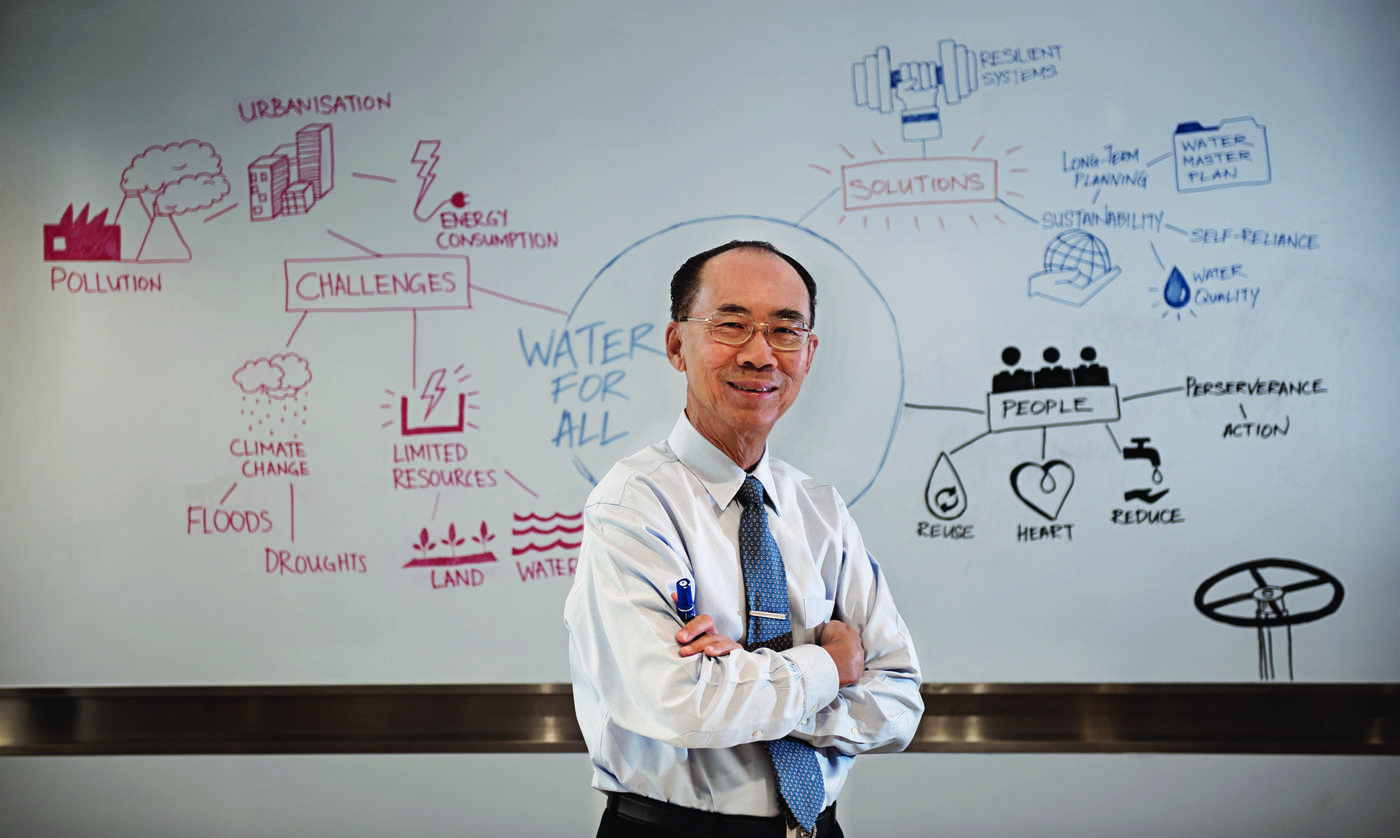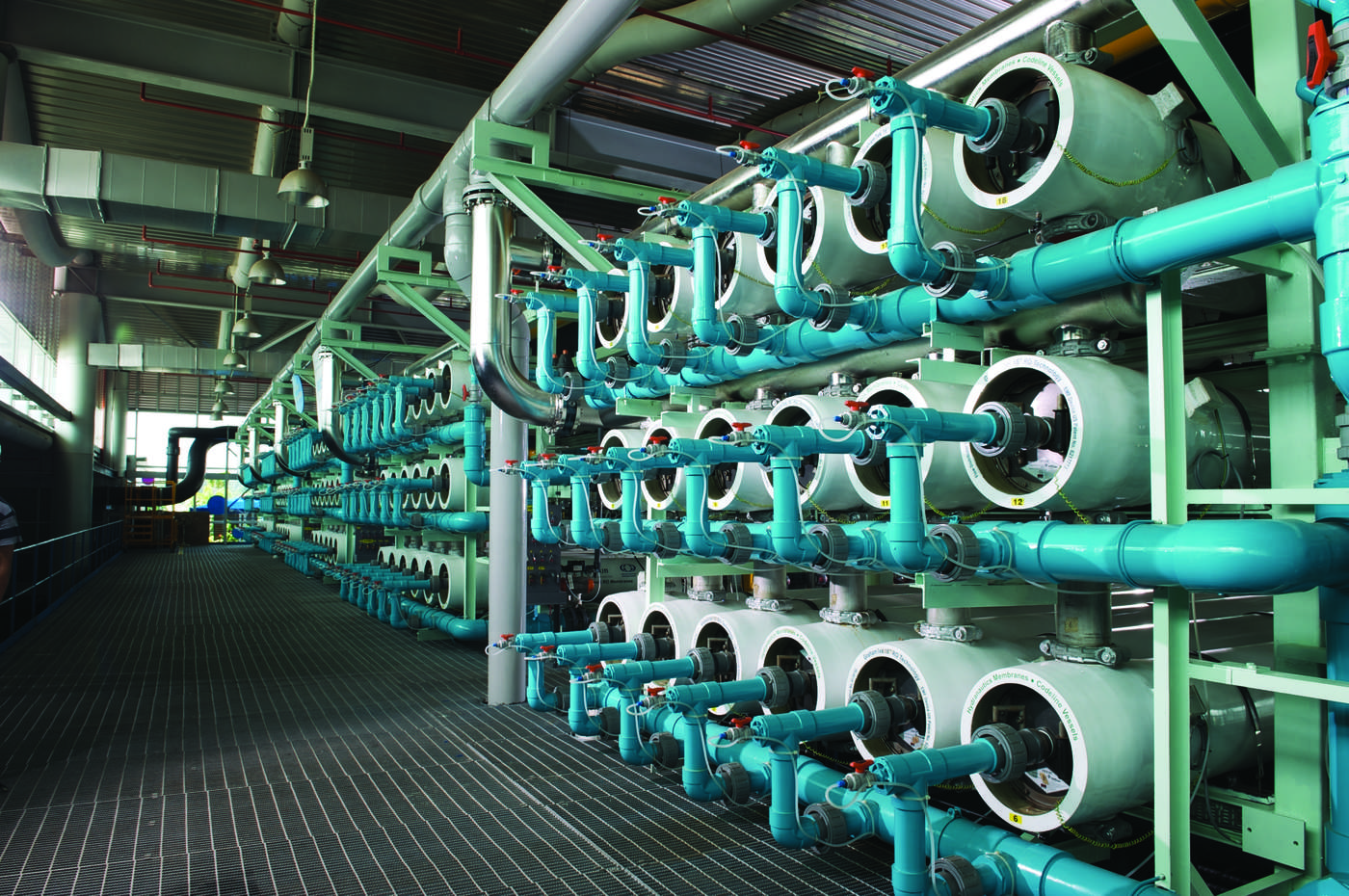The average Singaporean wouldn't have heard of Tan Gee Paw.
But without this career public servant, Singapore would probably still struggle with water issues.
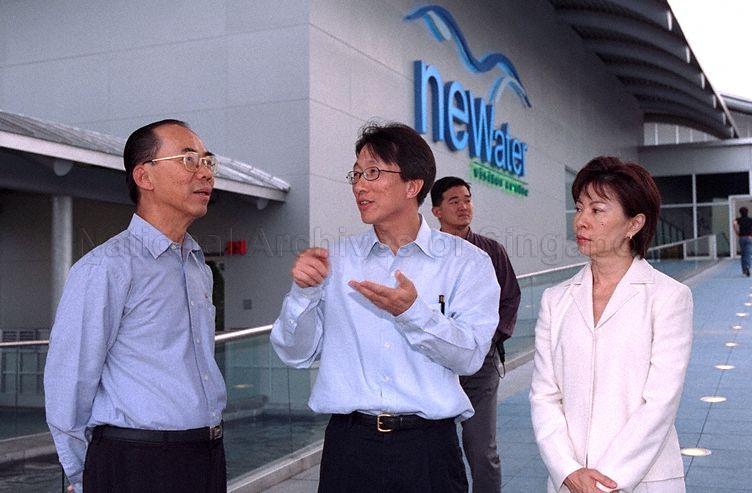
What was he known for?
The former PUB chairman was a crucial figure behind Singapore's first Water Masterplan in 1972, which included the development of water reuse (NEWater) and seawater desalting.
These two water sources together with water collected from local reservoirs and imported water from Malaysia forms the four national taps.
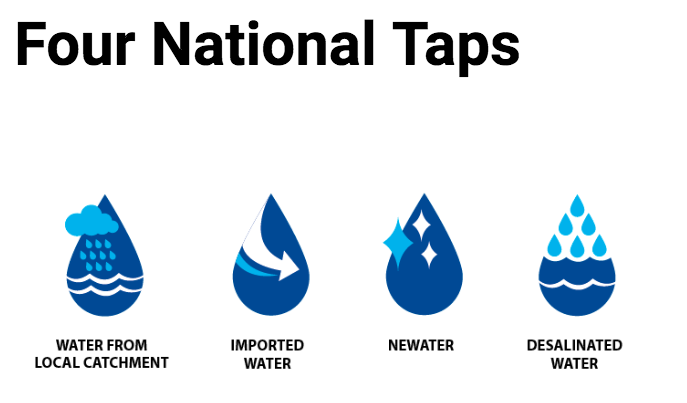
What was his origin story?
Tan, 74, joined the Public Works Department as a civil engineer in 1967, having graduated with a First Class Honours in Bachelor of Engineering (Civil) from the University of Malaya.
But he was disappointed in his first posting.
Tan said:
"In 1967, I had joined as a civil engineer in the then Public Works Department hoping to build bridges and high-rise buildings. So I was deeply disappointed to be posted to the Drainage Department to maintain drains."
However, he remained in the water and environmental sector of the Service ever since.
Why?
In his own words, it was his "life mission".
Tan also said:
"I was drawn to a life mission to bring a clean living environment and water to fellow Singaporeans. So I stayed on in the Service, dealing with water most of the time in one form or another."
What were his contributions?
After being posted to the drainage department, his first major project came in the form of the Bukit Timah Flood Alleviation Scheme.
Back in the day, Bukit Timah was a flood-prone area.
Flooding around Sixth Avenue was reported as early as the 1950s.
So, in 1972, a 3.2km diversion canal was constructed from Sixth Avenue to Clementi Road’s Sungei Ulu Pandan as part of the Bukit Timah Flood Alleviation Scheme. This became the first Bukit Timah Diversion Canal.
That project was one of the most important and complex schemes during the early nation-building years to alleviate floods in the rapidly developing Bukit Timah catchment.
Singapore’s flood-prone areas have been reduced from 3,200 hectares in the 1970s to about 30 hectares in 2017.
Tan was also part of the team behind the ambitious clean-up of Singapore River and Kallang Basin porject in 1977, paving the way for the creation of the Marina Reservoir.
His most significant contribution was NEWater, which removes the risk of Singapore depending on imported water from Malaysia.
The creation of NEWater didn't come easy as it is a combination of technologies -- including microfiltration, reverse osmosis and ultraviolet disinfection -- which required plenty of R&D and testing.
It began in 1974 when PUB first built a plant to experiment with membrane technology. But due to high costs and unreliability, it was decommissioned a year later.
Tan said:
"We started experimenting with recycled water in 1974, building a pilot plant to treat used water into potable-quality water. While the idea was good, the technology wasn’t – the membranes were expensive and weren’t reliable."
The project only resumed in the late 1990s as technology began to mature.
NEWater made its debut on Singapore's 37th birthday, almost 30 years later.
[related_story]
An engineer at heart
Besides spending five decades dealing with environment and water issues and chairing the PUB for 16 years, Tan was also known to be a really good engineer.
In fact, Transport Minister Khaw Boon Wan named him one of his most respected Singapore Engineers and even credited him for making "water engineering sexy".
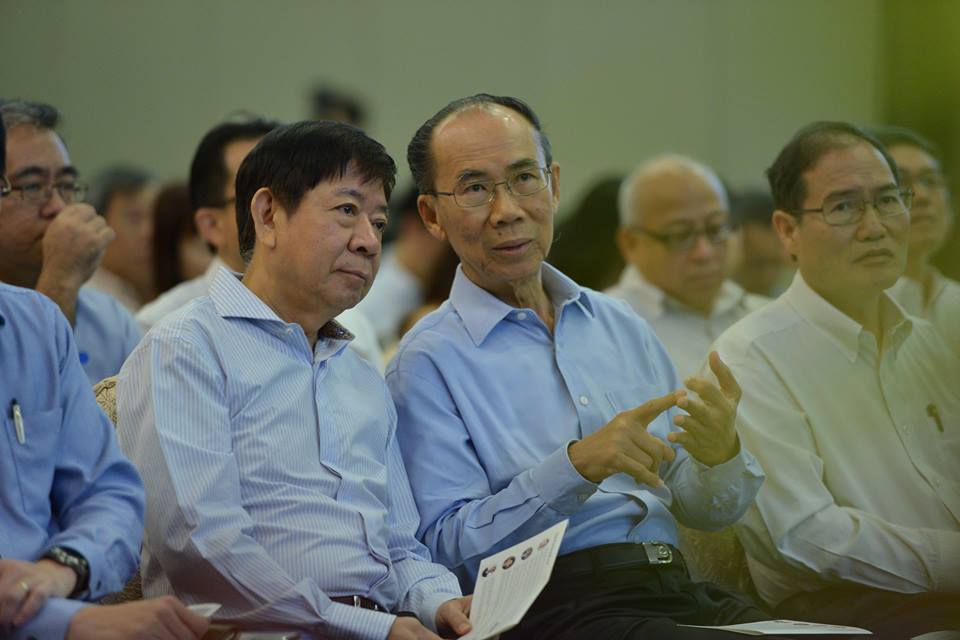 Source: Khaw Boon Wan Facebook page
Source: Khaw Boon Wan Facebook page
"He also made water engineering sexy, through smart R&D investments. He and his team delivered NEWater and permanently removed the strategic risk of water dependency on a neighbouring country. Along the way, he helped create a new globally competitive industry for Singapore companies."
So, when Khaw was appointed Transport Minister in 2015, the first thing he did was to appoint Tan as the advisor on rail transformation.
Khaw said:
"As soon as I was told of my new posting, Mr Tan was the first individual whom I consulted for advice and suggestion. We discussed the problem of rail disruptions, its possible causes and how we can make rail service as reliable as PUB services. We also discussed the industry structure for bringing about better alignment of incentives. We wondered aloud on how we would structure our rail companies, if we were to start afresh."
Top photo via
If you like what you read, follow us on Facebook, Instagram, Twitter and Telegram to get the latest updates.
